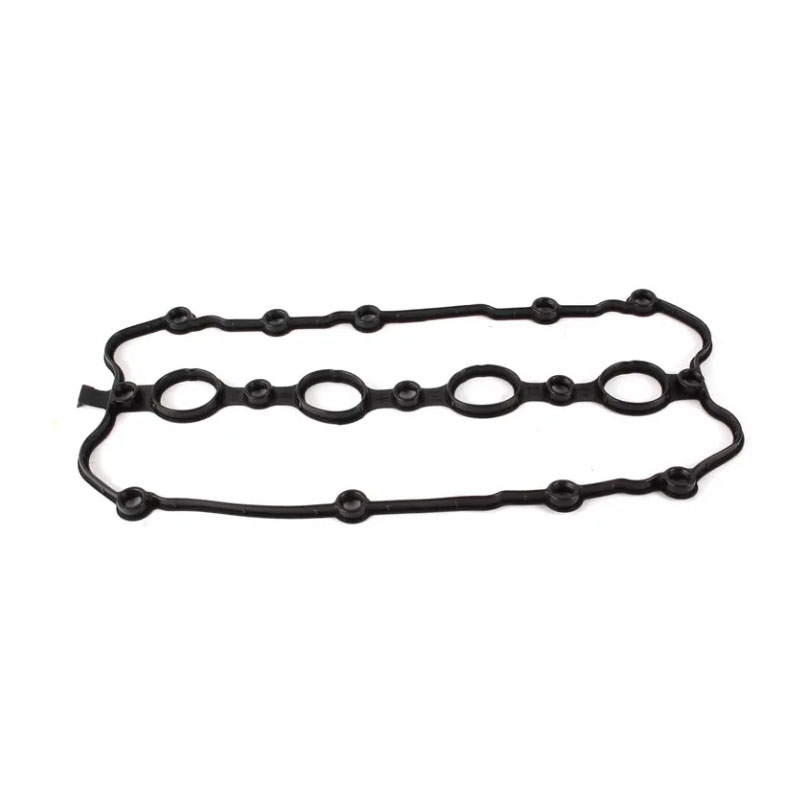filter housing gasket


Once a leak is confirmed, the next step is addressing the leakage. For minor leaks, tightening bolts and adjusting pressures may sometimes suffice. However, in the case of more severe leaks, replacing the gasket is usually the best course of action. When replacing a gasket, several best practices should be followed - Select the Right Material Ensure the replacement gasket is made from a material that will withstand both the environmental and chemical conditions it will be exposed to. - Proper Surface Preparation Clean and inspect the surfaces the gasket will contact. Residues or damage can prevent a proper seal. - Correct Installation Follow the manufacturer's guidelines for installation torque and sequence to ensure even pressure distribution across the gasket. Preventing Future Leaks Prevention is the most effective defense against economic and safety impacts that come with leaks. Regular maintenance is key. Scheduling periodic inspections can catch potential issues before they escalate. Moreover, using the highest quality gaskets available within your budget can reduce the likelihood of premature failures. Additionally, monitoring environmental conditions and adjusting settings to ensure minimal stress on the gaskets can extend their lifespan. For sensitive applications, investing in sensors that monitor pressure and temperature could provide real-time insights into when conditions are approaching unsafe levels, prompting preemptive interventions. Conclusion A leaking housing gasket should never be underestimated. While it might appear to be a minor inconvenience, it can lead to significant issues if neglected. By understanding the causes, properly diagnosing the issue, performing effective repairs, and instituting preventive maintenance, both homeowners and professionals can ensure the longevity and efficiency of their systems involving gaskets. Trust in high-quality materials, proper installation methods, and regular inspections can not only enhance performance but also provide peace of mind, knowing you have safeguards in place against potential failures.
-
Understanding the Front Main Engine Seal: Purpose, Maintenance, and Installation
News Jul.29,2025
-
Understanding O-Rings and Seal Rings: Types, Applications, and Custom Solutions
News Jul.29,2025
-
Understanding Crankshaft Oil Seals: Rear Seals, Pulley Seals, and Their Role in Engine Integrity
News Jul.29,2025
-
The Importance of Front and Rear Crankshaft Seals in Engine Performance and Oil Management
News Jul.29,2025
-
Crank Oil Seals: Functions, Types, and Cost Considerations in Engine Maintenance
News Jul.29,2025
-
A Comprehensive Guide to O-Rings and Seals: Types, Materials, and Global Applications
News Jul.29,2025
-
Mastering Diesel and Performance Engine Maintenance: A Guide to Critical Oil Gaskets
News Jul.28,2025
Products categories















